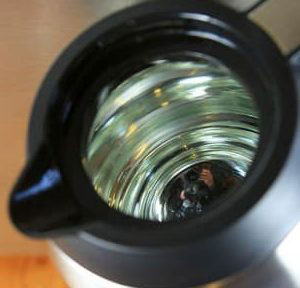Month: September 2019

Foreign Foods in Japan –
Hanbāgu!Read more: Foreign Foods in Japan –“Haan-baa-ghu”. It’s delicious. It’s uniquely Japanese. And it’s not a hamburger! Our Foreign Food this…
Hanbāgu!
Product Inspirations –
Mr. Bento® Stainless Lunch Jar!Read more: Product Inspirations –Back to school, back to college, back to autumn routines with work and family and…
Mr. Bento® Stainless Lunch Jar!
Design Explained –
Our Original Vacuum Glass LinersRead more: Design Explained –Last year, we celebrated our centennial anniversary as a company, and with you as our…
Our Original Vacuum Glass Liners
Bert-san’s Take—My Zojirushi Lunch Jar
Read more: Bert-san’s Take—My Zojirushi Lunch JarIt’s National Bento Month again! And even though I bring my lunch to work every…


